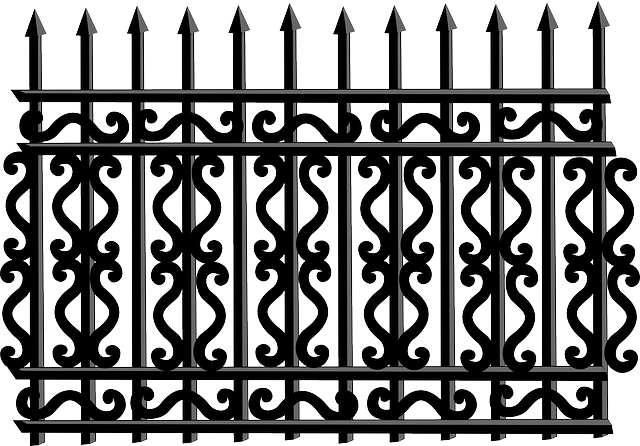In New Bedford, a well-maintained fence not only enhances property value but also provides security and privacy. However, fences often face damage from harsh weather, animals, and normal wear and tear. Understanding common fence damage and choosing the right material is key to effective installation and long-lasting repair. This comprehensive guide delves into these aspects, offering expert tips for both beginners and seasoned homeowners aiming to enhance their New Bedford property with robust fencing solutions.
- Understanding Common Fence Damage in New Bedford
- Choosing the Right Fencing Material for Your Property
- Step-by-Step Guide to Effective Fence Installation
- Expert Tips for Long-Lasting Fence Repair and Maintenance
Understanding Common Fence Damage in New Bedford
Fences in New Bedford, like elsewhere, are subject to various forms of damage due to environmental factors, weather conditions, and accidental wear and tear. One of the most prevalent issues is rot, which can set in due to prolonged exposure to moisture, especially in areas with high rainfall or poor drainage. This often manifests as soft, crumbling wood, causing sections of the fence to become weak and eventually collapse. Another common problem is warping, where the wooden panels bend or twist, leading to gaps between boards and an uneven surface that can trip up unsuspecting passersby.
In some cases, fences may experience damage from wildlife, such as deer or small animals, that can leave distinctive marks or even push against the fence, causing structural integrity issues. Additionally, accidents happen, and vehicles or lawn equipment occasionally collide with fences, leading to tears or punctures in the material. Identifying these common issues is essential for homeowners and property managers in New Bedford to address them promptly through repair or replacement, ensuring the longevity of their fences.
Choosing the Right Fencing Material for Your Property
When considering fence repair or installation, selecting the suitable material is a pivotal decision. The ideal fencing material should not only complement your property’s aesthetics but also withstand environmental conditions and provide security. Wood is a popular choice for its natural beauty and versatility, offering various styles from traditional picket fences to contemporary privacy panels. However, it requires regular maintenance to prevent rot and pest damage.
On the other hand, vinyl fencing is low-maintenance, durable, and available in an array of colors and designs. It’s an excellent option for those seeking a long-lasting, visually appealing fence without the need for frequent repairs. Additionally, metal fences, such as steel or aluminum, offer exceptional strength and security while requiring minimal upkeep. Each material has unique advantages, so understanding your property’s needs and preferences will help guide your decision in choosing the right fencing material.
Step-by-Step Guide to Effective Fence Installation
When installing a new fence, proper planning and execution are key for a durable and aesthetically pleasing result. Start by measuring your property’s perimeter to ensure accurate material sizing. Next, assess the type of fencing best suited to your needs—wooden, vinyl, or chain-link—considering factors like aesthetics, maintenance, and budget. Obtain necessary permits from local authorities before beginning construction.
The installation process involves several steps: clear the site of any debris, prepare the posts by digging holes and setting them in place, and attach the fence panels or rails using suitable fasteners. Ensure regular alignment checks to maintain straight lines. Add gates or other accessories as required, testing their functionality. Finally, finish off with a protective coating or sealant for wood or vinyl fences to safeguard against the elements.
Expert Tips for Long-Lasting Fence Repair and Maintenance
When it comes to fence repair and maintenance, a proactive approach can extend the life of your investment significantly. Start by regularly inspecting your fence for any signs of damage, such as loose or missing pickets, rot, or rust. Addressing issues early prevents them from escalating into costly repairs.
Consider using high-quality materials suitable for your local climate and conditions to ensure durability. Applying a protective coating or sealant can also guard against the elements, while regular cleaning and painting help maintain aesthetics. Keep vegetation trimmed back from the fence line to prevent damage from overgrowth and improve overall fence stability.
